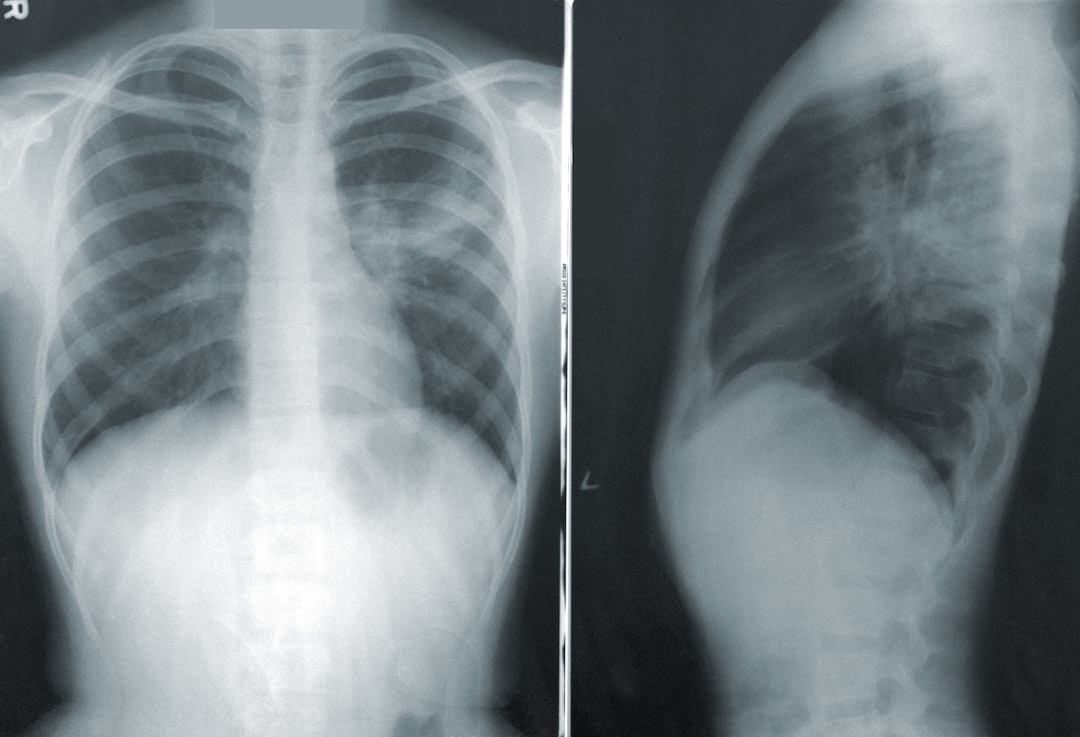What is it about?
Although TB disease is curable, the emergence of drug-resistant TB-causing bacterial strains, coupled with Human Immuno-deficiency Virus (HIV) co-infection and socioeconomic factors such as poor living conditions, hampered effective TB disease control worldwide.
Featured Image

Photo by Towfiqu barbhuiya on Unsplash
Why is it important?
Effective TB intervention strategies, as well as preventive and control measures, are critical for halting the spread of drug-resistant TB in communities. This requires continuous surveillance and regular monitoring of drug-resistant TB.
Perspectives
Tuberculosis (TB) continues to be one of the leading causes of morbidity and mortality worldwide, especially in low-income countries. It is the second leading cause of death from a single infectious agent and infects about one-quarter of the world's population. Although TB disease is curable, the emergence of drug-resistant TB-causing bacterial strains, coupled with Human Immuno-deficiency Virus (HIV) co-infection and socioeconomic factors such as poor living conditions, hampered effective TB disease control globally. Mismanagement of TB treatment, including inappropriate anti-TB drug use or premature treatment interruption, and person-to-person transmission are the primary reasons for the continued emergence and spread of drug-resistant TB.
Mr. Sirak Biset
University of Gondar
Read the Original
This page is a summary of: Trends of Mycobacterium tuberculosis and Rifampicin resistance in Northwest Ethiopia: Xpert® MTB/RIF assay results from 2015 to 2021, BMC Infectious Diseases, February 2024, Springer Science + Business Media,
DOI: 10.1186/s12879-024-09135-0.
You can read the full text:
Resources
Contributors
The following have contributed to this page










